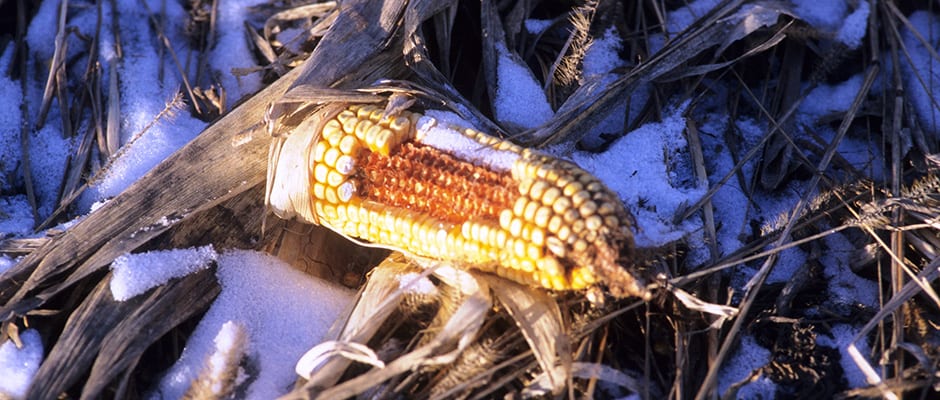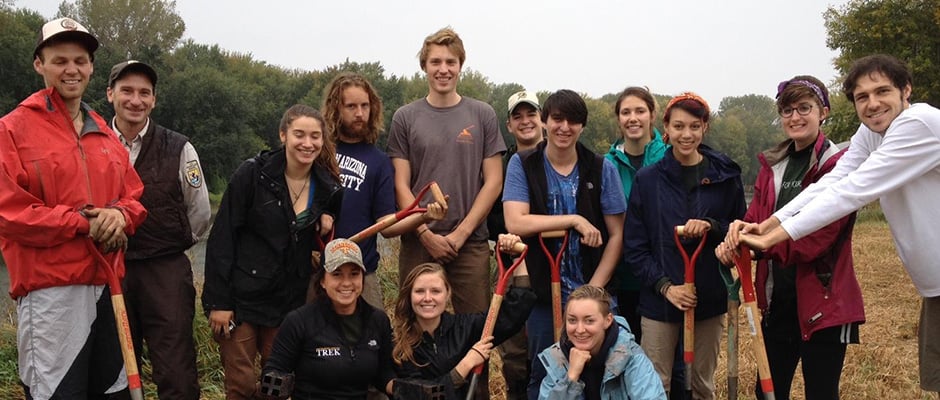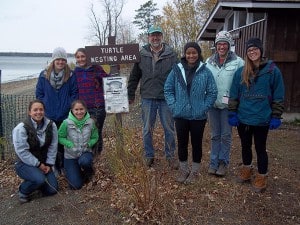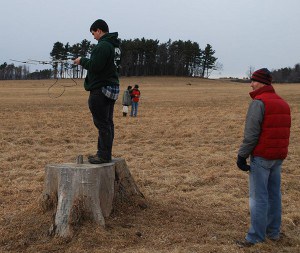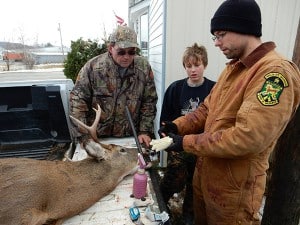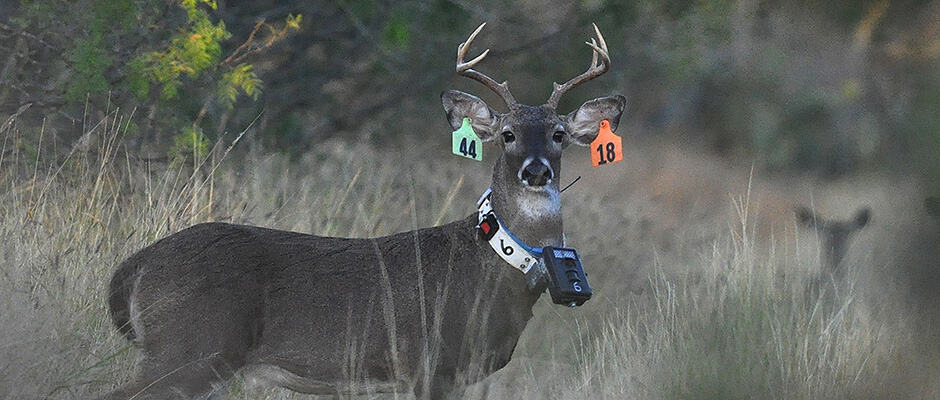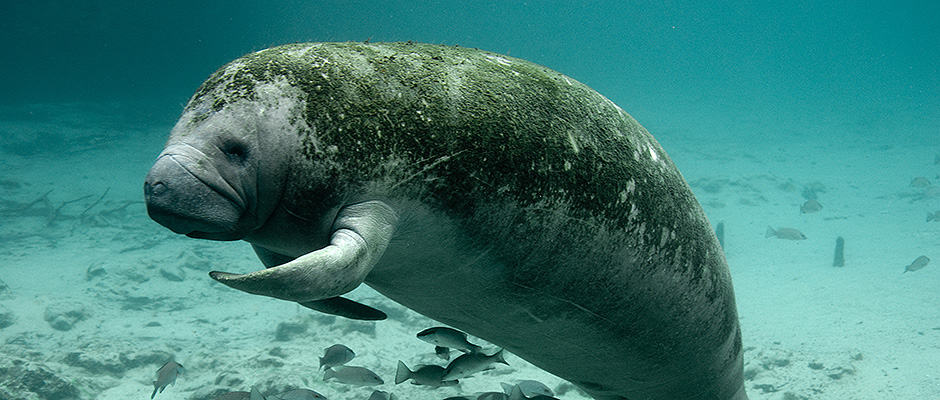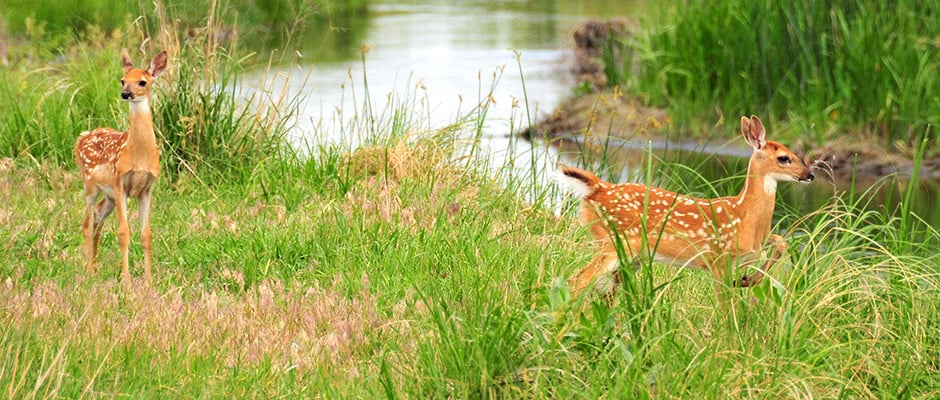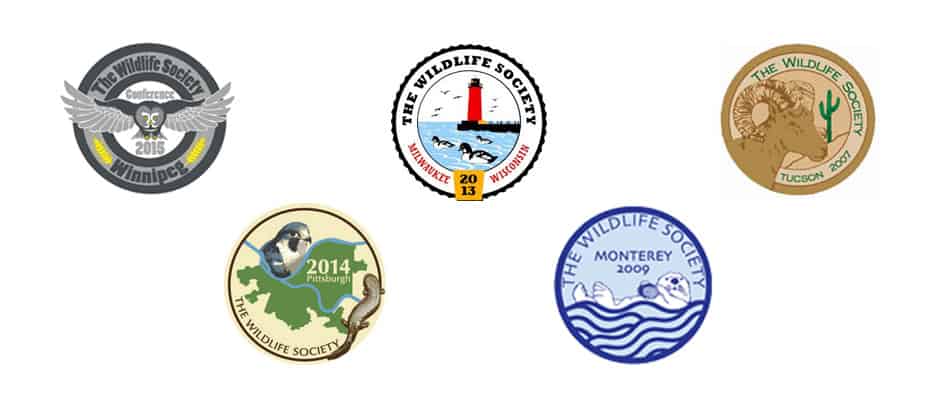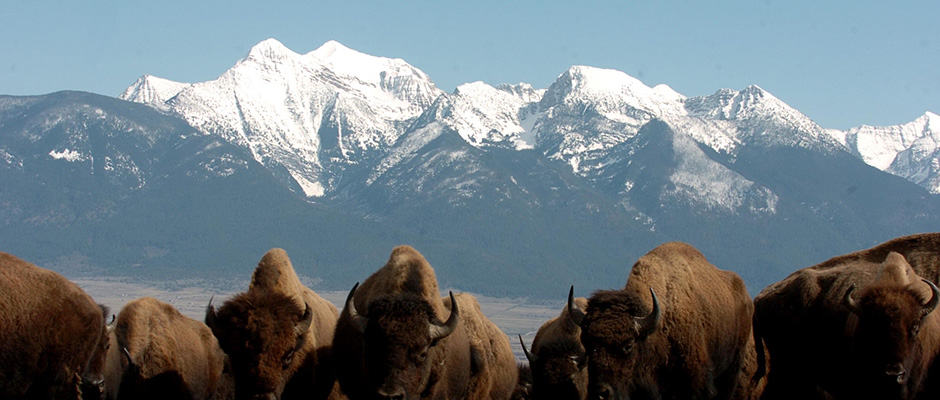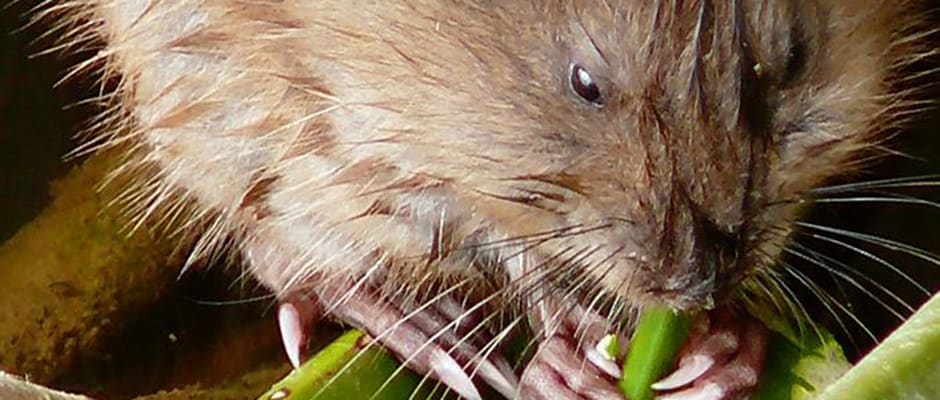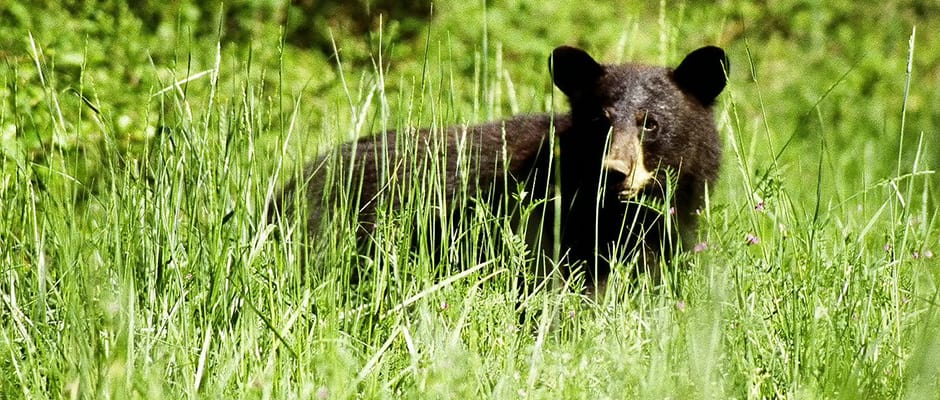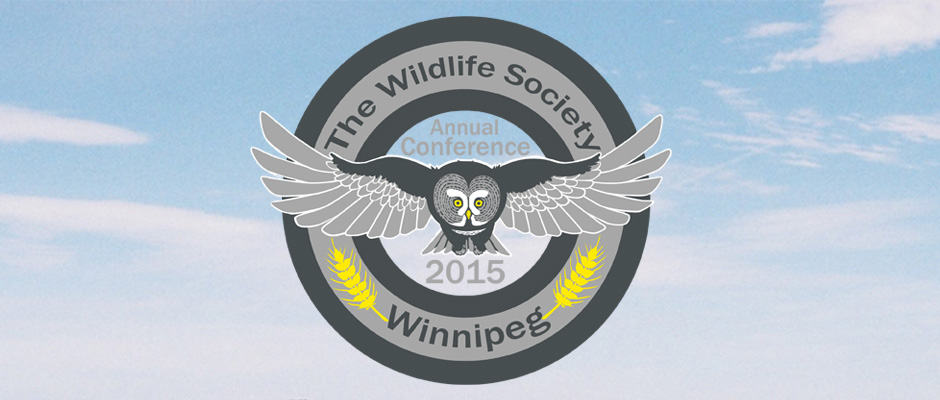
Deadline: June 18, 2015 at 11:59 pm
22nd Annual Conference of The Wildlife Society
Winnipeg, Manitoba ♦ October 17-21, 2015
The Student Development Working Group invites students to submit Research-in-Progress Posters covering topics in wildlife science, management, conservation, education, human dimensions, or policy. All undergraduate, M.S., and Ph.D. students are eligible for this session. Eligible posters include: 1) research that is in progress; 2) a proposed research project (with a focus on study design); 3) results from completed undergraduate research projects; or 4) student chapter research projects that may not be appropriate for the regular poster sessions (these may include a class or group research project).
The Student Research-in-Progress Poster session will be held separately from the contributed poster sessions. You should NOT submit the same abstract for the Student Research-in-Progress Poster session if you have already submitted it as a Contributed Paper or Poster abstract. This is an excellent opportunity to receive feedback and suggestions from both professionals and peers. Posters may be no larger than 4 ft. tall x 3.75 ft. wide. You will be notified by email regarding whether your abstract was accepted by July14, 2015.
Instructions for Submitting Abstracts
Abstracts for The Student Research-in-Progress Poster Session will be submitted through OASIS. The submission site will open on May 4, 2015. The submission site will lead you through the submission steps. Abstracts must be no longer than 300 words. You may initiate a submission, leave it, and return to complete or revise it as often as you like until the submission deadline. The submission deadline is June 18, 2015 at 11:59 p.m. EST. Abstracts that do not meet this deadline will not be considered. Only one submission per primary author is allowed.
You will be asked to choose one of the following subject categories for your poster:
- Conservation and Management of Birds
- Ecology and Habitat Relationships of Birds
- Conservation and Management of Mammals
- Ecology and Habitat Relationships of Mammals
- Reptiles and Amphibians
- Biometrics and Population Modeling
- Community Dynamics
- Wildlife Damage Management
- Wildlife Diseases and Toxicology
- New Technology and Applications
- Conservation Planning and Policy
- Human Dimensions and Education
- Harvest Management
Abstract Review – Abstracts will be reviewed by a committee comprised of members of the Student Development Working Group.
Registration – All presenters MUST register and pay the appropriate conference registration fee. Advance registration is strongly recommended. Registration information will be posted on TWS’ website, https://wildlife.org. If your abstract is accepted you may apply for a student travel grant. For more information please go to https://wildlife.org.
Questions? – Questions about submitting your abstract may be directed to the Program Committee Coordinator, Tricia Fry, at tricia@wildlife.org. For all other conference questions, please call (301) 897-9770 or email membership@wildlife.org.



